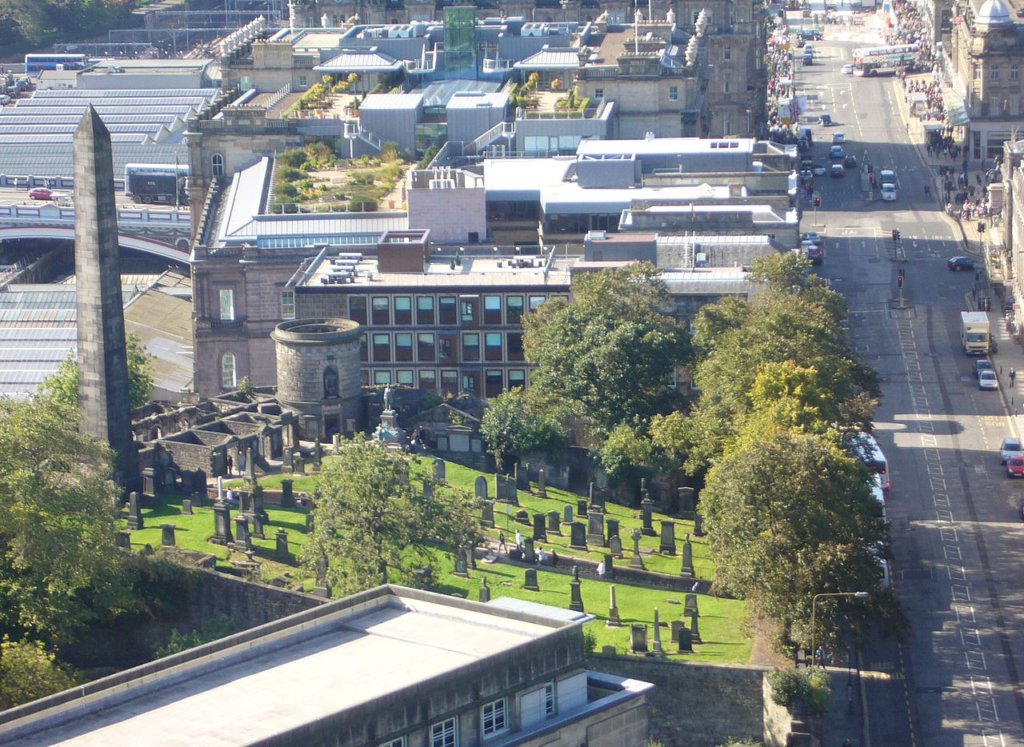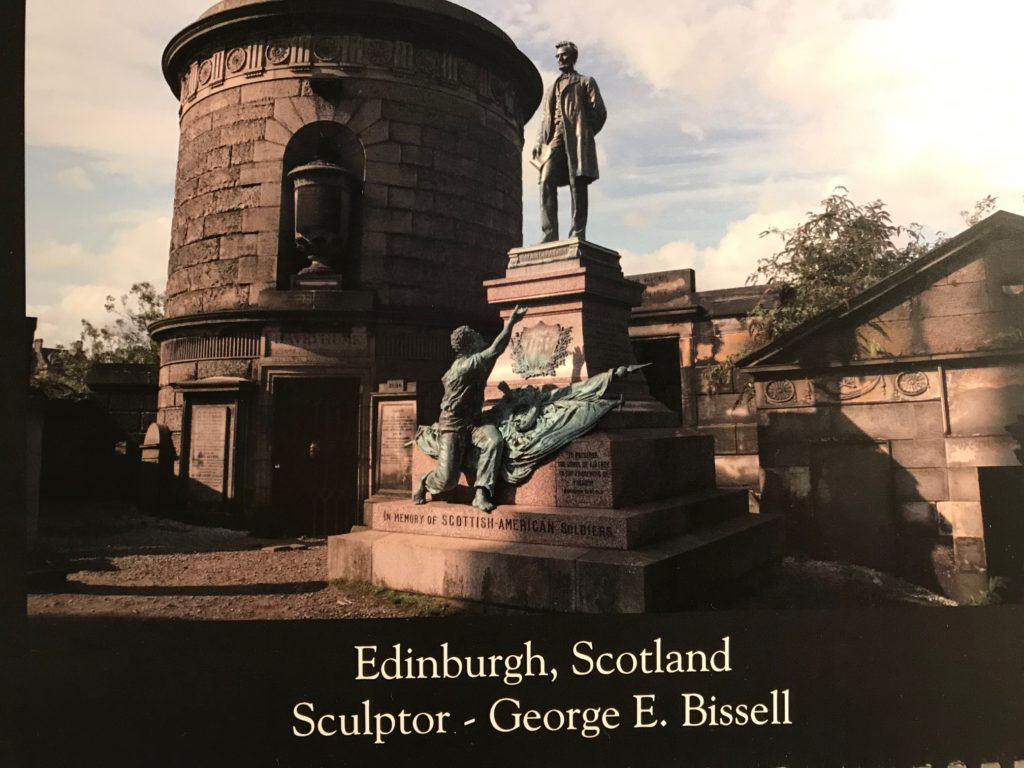The end of November and beginning of December has been a whirlwind of traveling and Fire of Genius activities. I went to Tanzania, and now suddenly it’s time to order your signed copy of Lincoln: The Fire of Genius for the holidays.
One word I heard a lot in Tanzania was “Awesome!” Our small group visited several of Tanzania’s National Parks including Tarangire, Serengeti, Mt. Kilimanjaro, and the Ngorongoro Crater Conservation area. There were all the big animals you expect to see on a photo safari, visits with three different indigenous peoples (including a morning hunt with the Hadzabe), and some of the most incredible vistas on the planet. There was even an unforgettable sunrise balloon ride over the Serengeti. I’m still digging out, but I’ll have more details and photos shortly. Here’s a taste:

Because of the trip, the timeline has jumped from Thanksgiving to the beginning of the December holidays. Which means time is getting short to buy copies of Lincoln: The Fire of Genius. You can order or pick up at all the usual booksellers – Amazon, Barnes and Noble, Target, Walmart, and ideally, your local independent bookstore. [If they don’t have it, ask them to order it] I also have first edition copies you can order direct from me if you want a signed book. I’ll even inscribe it the way you want, either for you or to whomever you plan to gift it to for Hanukkah or Christmas or the holiday (or birthday) of your choice. Want more information on the book? Check out the videos and podcasts on my Media page. More events are being added daily.
Order here for signed copies. Want a copy sooner – check out Barnes and Noble or your local independent bookstore.
The reception for the book has been wonderful, with many people reaching out to say how much they liked it and its unique view of Abraham Lincoln. In fact, one person in my Tanzania group said they had started reading it just before heading on the trip! As always, if you like the book, please leave a rating/review on Amazon, Goodreads, and similar places.
The holidays are coming quickly, and this time of year is notorious for heavy traffic by the usual shipping companies, so ORDER NOW to ensure you receive the book in time, either for yourself or as a gift for your loved ones.

Lincoln: The Fire of Genius: How Abraham Lincoln’s Commitment to Science and Technology Helped Modernize America is available at booksellers nationwide.
Limited signed copies are available via this website. The book also listed on Goodreads, the database where I keep track of my reading. Click on the “Want to Read” button to put it on your reading list. Please leave a review on Goodreads and Amazon if you like the book.
You also follow my author page on Facebook.
David J. Kent is President of the Lincoln Group of DC and the author of Lincoln: The Fire of Genius: How Abraham Lincoln’s Commitment to Science and Technology Helped Modernize America and Lincoln: The Man Who Saved America.
His previous books include Tesla: The Wizard of Electricity and Edison: The Inventor of the Modern World and two specialty e-books: Nikola Tesla: Renewable Energy Ahead of Its Time and Abraham Lincoln and Nikola Tesla: Connected by Fate.



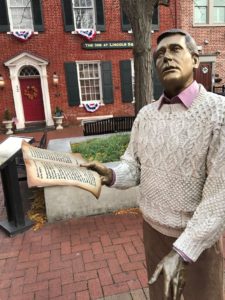 Last year I started off my
Last year I started off my 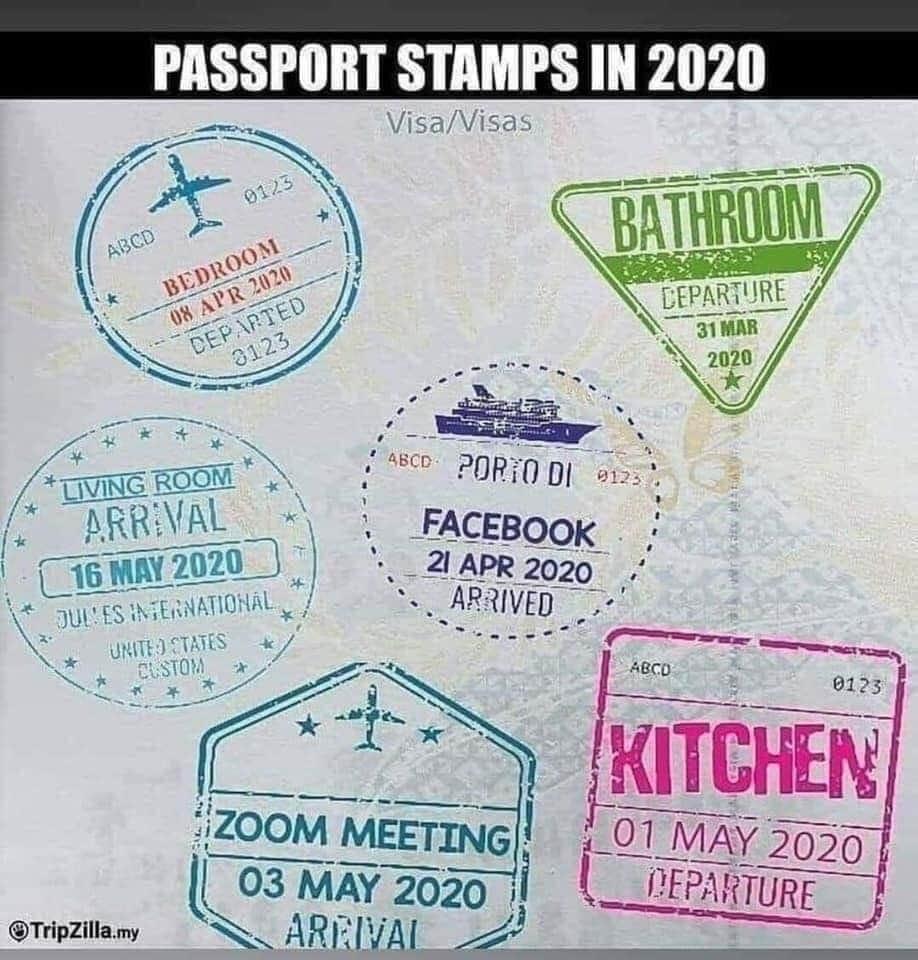
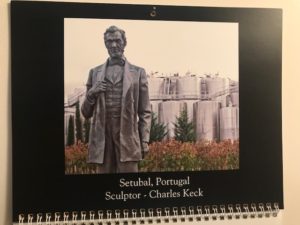 Perhaps one of the oddest locations for an Abraham Lincoln statue is at a winery in Portugal. Which gets us to David Wiegers’s calendar entry for July. And a chance to reminisce on my quick visit to Portugal near the three years I spent living and working in Brussels.
Perhaps one of the oddest locations for an Abraham Lincoln statue is at a winery in Portugal. Which gets us to David Wiegers’s calendar entry for July. And a chance to reminisce on my quick visit to Portugal near the three years I spent living and working in Brussels.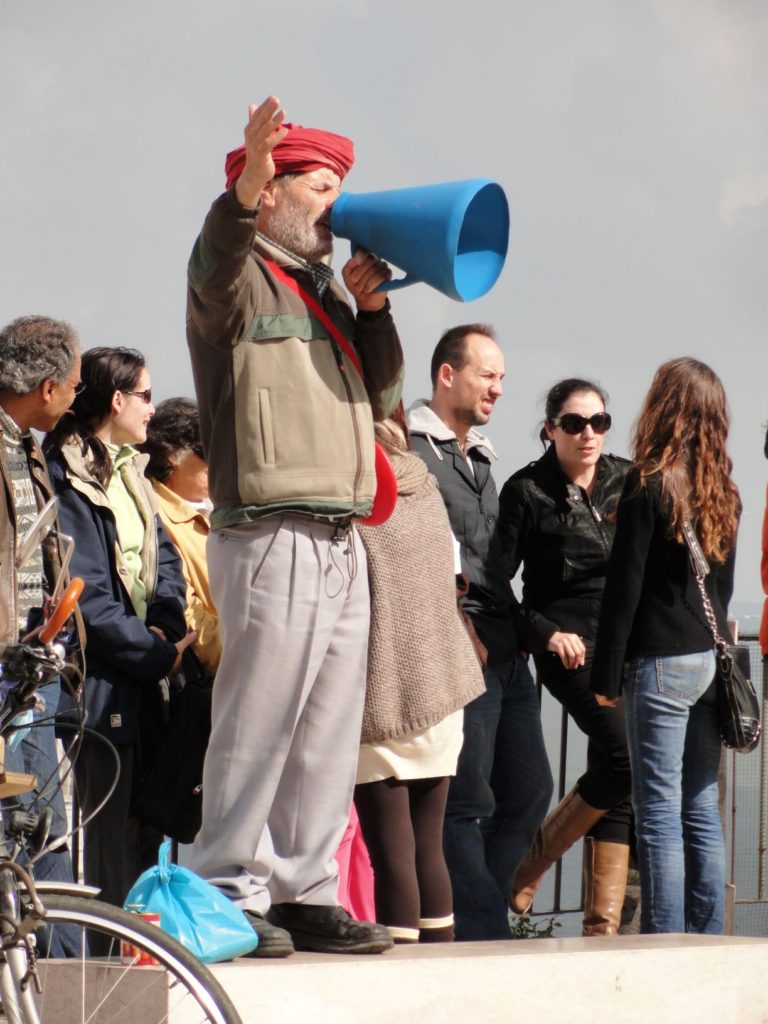
 Abraham Lincoln is in Australia! Well, maybe. It’s complicated.
Abraham Lincoln is in Australia! Well, maybe. It’s complicated.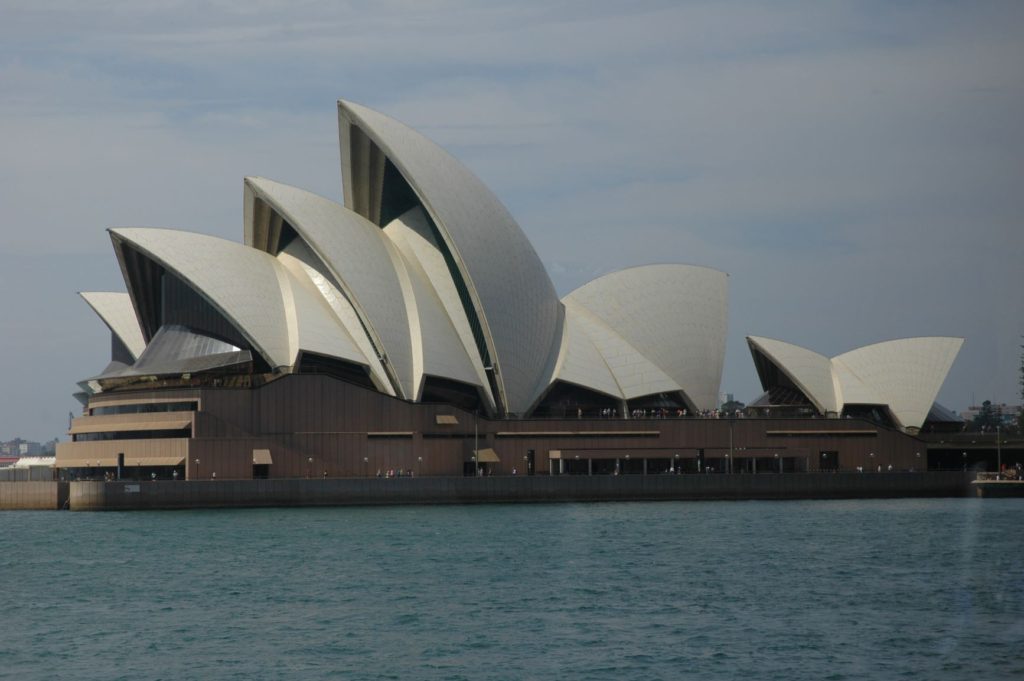
 The Grand Canyon gets all the press, but nearby and not to be missed is Antelope Canyon. With COVID-19 keeping most of us from any serious outdoors time, I decided to travel back in time to visit an old flame of sorts. Several years ago I arrived back in the Washington, DC area from my home in Brussels, then hopped a plane out to Las Vegas. After several days of losing money I loaded up a rental car for a road trip that took me to the Grand Canyon. The views were magnificent, both from the rim and the single prop airplane we took over the mighty gash. Then it was on to an inflatable raft and down the Colorado River from the Glen Canyon dam. I’ll have more on that later, as well as the continuing drive out to
The Grand Canyon gets all the press, but nearby and not to be missed is Antelope Canyon. With COVID-19 keeping most of us from any serious outdoors time, I decided to travel back in time to visit an old flame of sorts. Several years ago I arrived back in the Washington, DC area from my home in Brussels, then hopped a plane out to Las Vegas. After several days of losing money I loaded up a rental car for a road trip that took me to the Grand Canyon. The views were magnificent, both from the rim and the single prop airplane we took over the mighty gash. Then it was on to an inflatable raft and down the Colorado River from the Glen Canyon dam. I’ll have more on that later, as well as the continuing drive out to 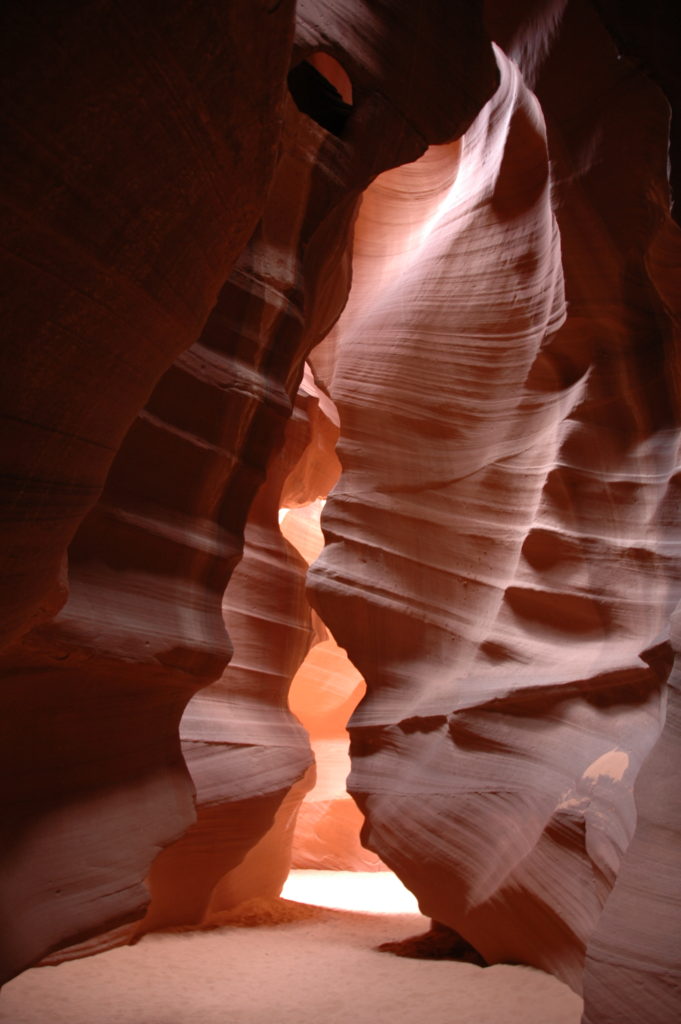
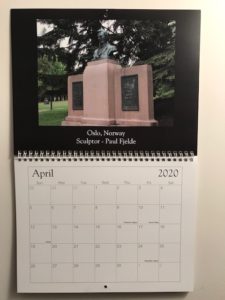 Abraham Lincoln seems to be everywhere in the world. In April of my monthly series, the David Wiegers calendar takes me back to Oslo, Norway, where Lincoln makes an appearance in Frogner Park.
Abraham Lincoln seems to be everywhere in the world. In April of my monthly series, the David Wiegers calendar takes me back to Oslo, Norway, where Lincoln makes an appearance in Frogner Park.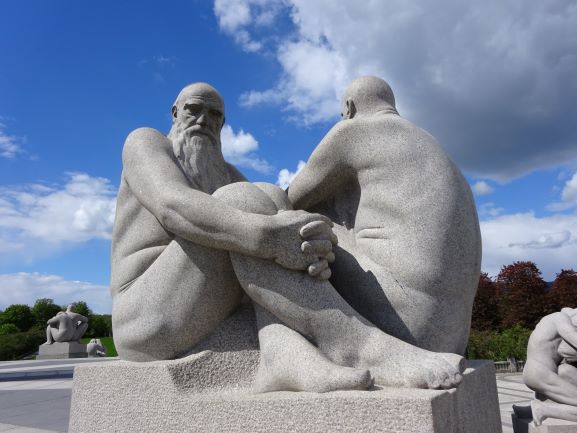
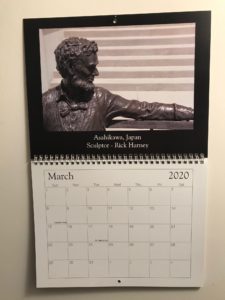 Travel has been curtailed for the near future due to coronavirus, so I remember my trip to Japan as I look at the March calendar photo from David Wiegers. You can click on these links to see the entries for January (
Travel has been curtailed for the near future due to coronavirus, so I remember my trip to Japan as I look at the March calendar photo from David Wiegers. You can click on these links to see the entries for January (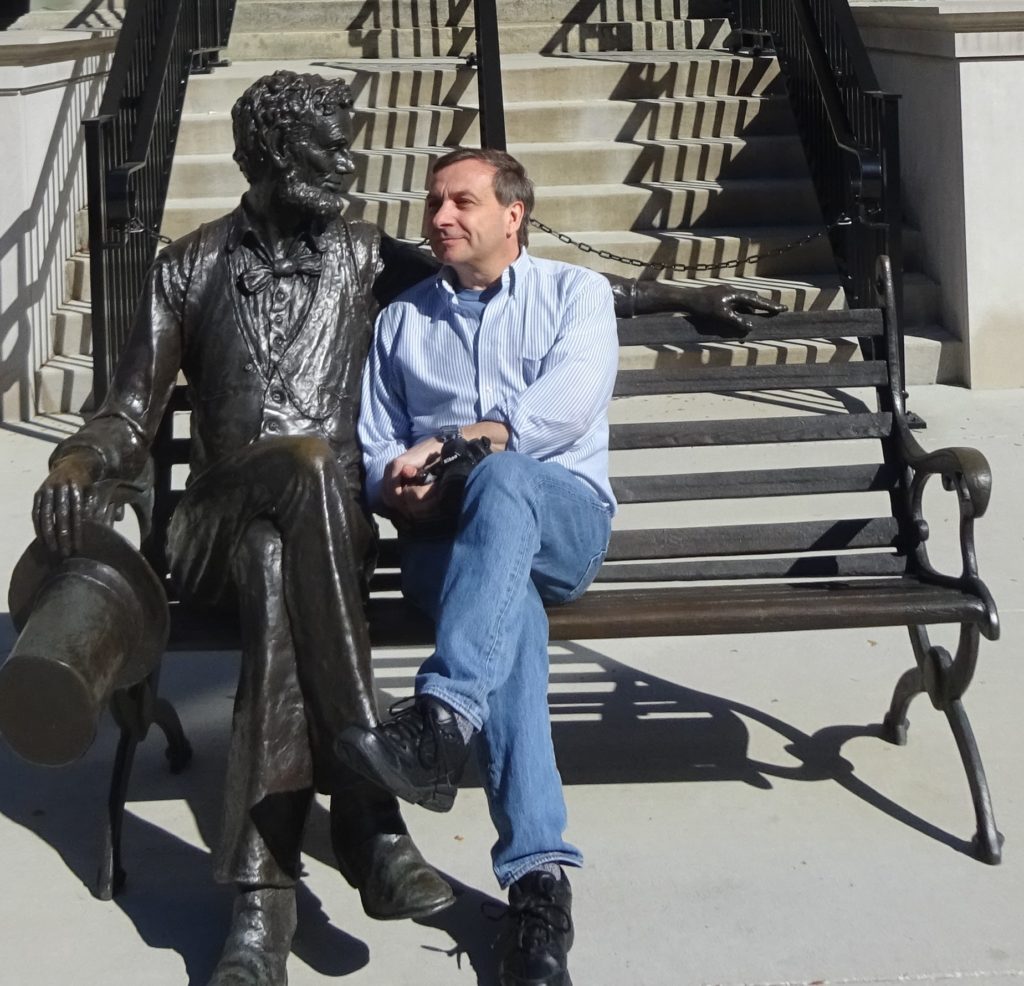
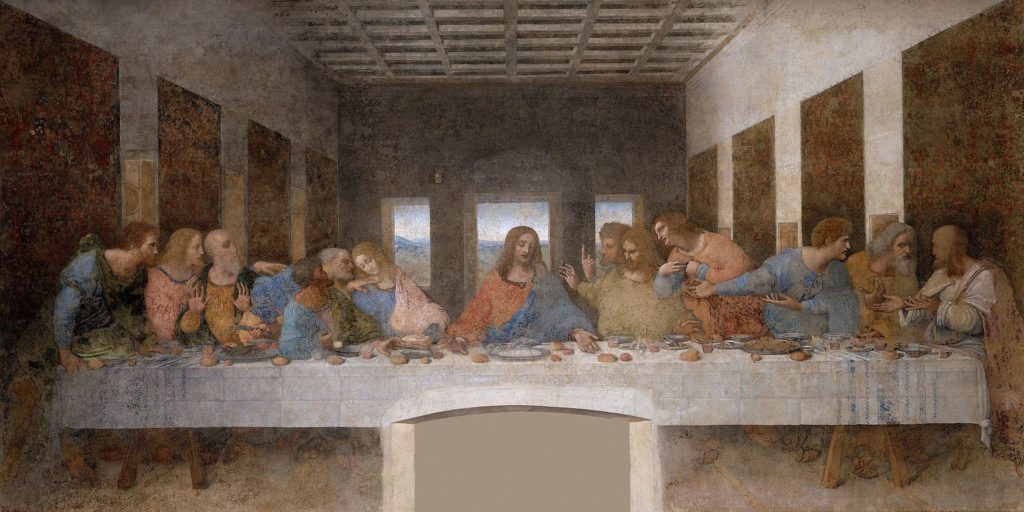
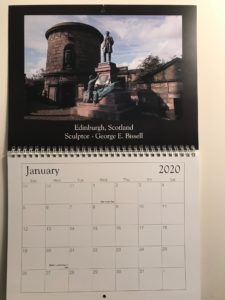 David Wiegers is a photographer. He is also an Abraham Lincoln fan. He has combined those two interests into a calendar featuring photos of Lincoln statues from around the world. January is the statue in Edinburgh, Scotland.
David Wiegers is a photographer. He is also an Abraham Lincoln fan. He has combined those two interests into a calendar featuring photos of Lincoln statues from around the world. January is the statue in Edinburgh, Scotland.